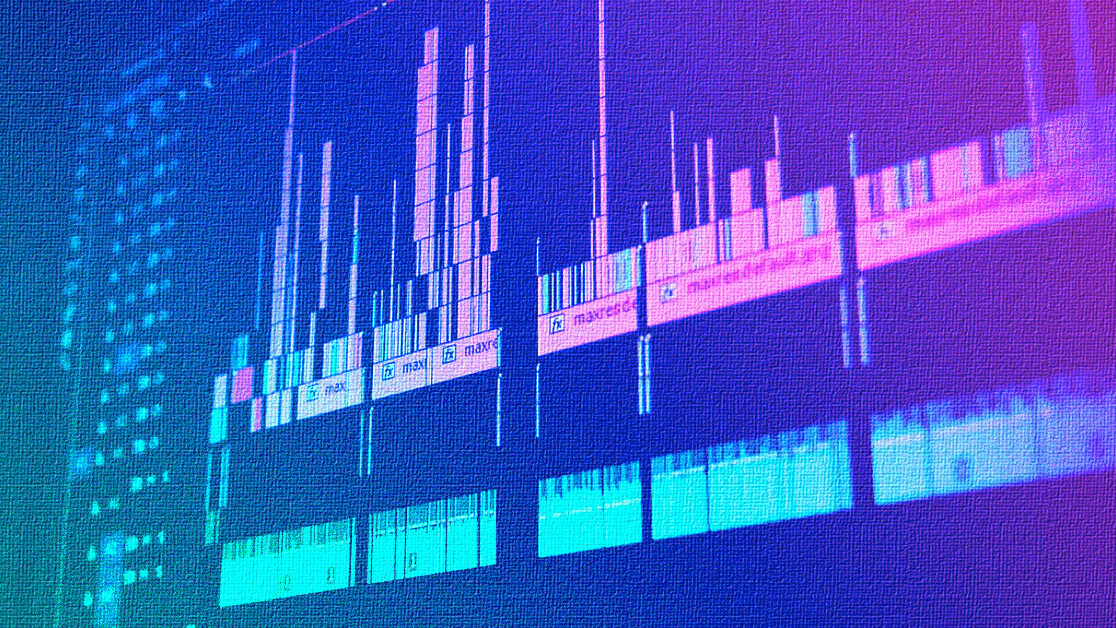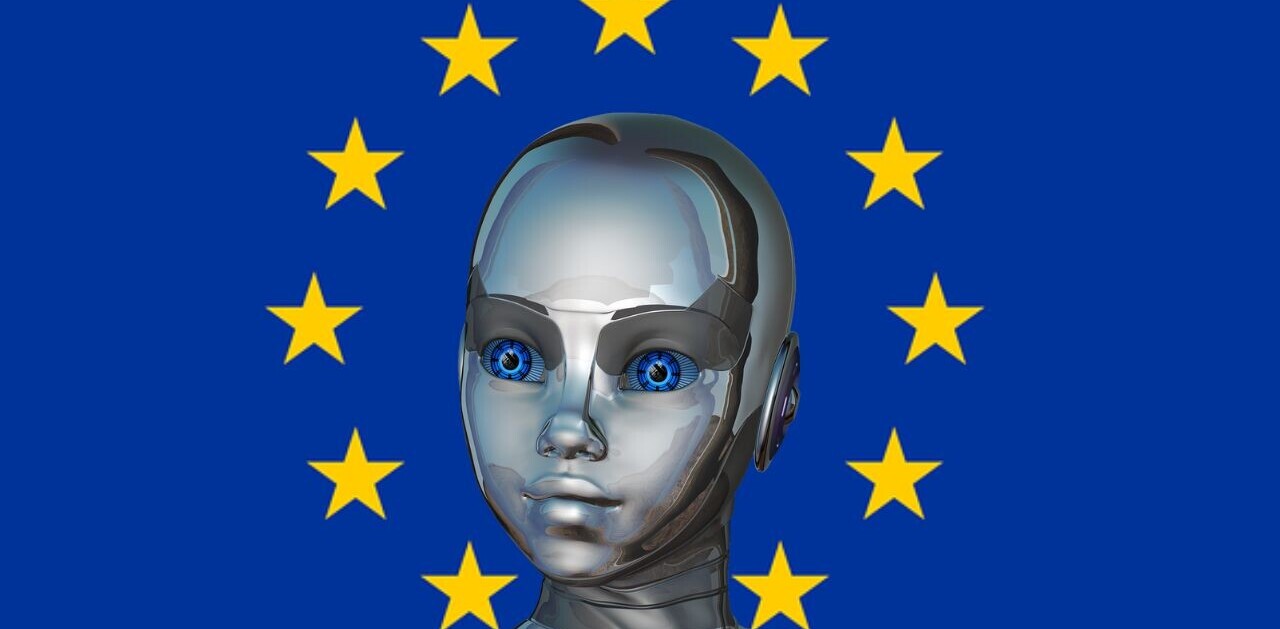
Capiche is a secret society for SaaS power users, building a new community of people who care about software to make the SaaS industry more transparent, together. This piece was written by Matthew Guay, Capiche‘s founding editor and former senior writer at Zapier.
When Jiro dreams of sushi, you’d hardly imagine him slicing sashimi with an ordinary, dull knife. Nor would you expect Usain Bolt to cross the finish line in shoes you could pick up at an outlet, the London Symphony Orchestra to grab the cheapest violins at the local music store, or Ford to take on Ferrari and win the Le Mans with any random car.
Experts use expert tools. Rigorously tested, finely tuned, carefully built to perform at the highest levels. They’re crafted, built for the most demanding audiences.
Then those best features trickle down, until yesterday’s best is today’s ordinary. In humanity’s pursuit of the best, we build better things, then mass-market them to fund the next best thing.
Along the way, the best, ideal versions of those tools become icons, symbols of victory. You might not need the absolute best shoe, the fastest car, the sharpest knife for your work. But wouldn’t you like the perfection they represent to rub off on your work? And so the best tools become status symbols. The watch that ticked on the moon makes you think you, too, could shoot for the moon, that you’re someone who needs the most exacting tools.
Now it’s happened to software.
Software was the great equalizer. “All the Cokes are the same and all the Cokes are good,” said Andy Warhol, and the same went for software. Gmail works the same on a $200 Chromebook or $2000 MacBook. Excel can track a $1,000 budget or a $100 million portfolio equally well.
But what if software could be better, crafted specifically for the professionals who need it most? How much would the people who email the most benefit from an email app that made them 10% faster? What would investors pay for a chat app specifically for finance? How many researchers would rebuild their libraries in a better notes app?
Thus positional software, an emerging category of software built for expert users with a focus on design and collaboration, adopted bottom-up in organizations, and often priced at a premium compared to existing category leaders. Similar to positional goods, highly valued items that showcase status, positional software are tools people aspire to use, either as experts in their industry or to position themselves as such.
The editor wars
The first best software was built by programmers, for programmers.
One team at MIT wanted a better text editor, and built Emacs. Another at Berkley wanted the same thing, and built Vi. The former was so customizable, it could be anything: An IDE, an email app, even your psychiatrist. The latter was so simple, it looked like nothing at first, with arcane commands required just to edit text.
Yet there was magic in both approaches. Each text editor was powerful enough to give developers superpowers, customizable enough to keep them from reinventing the wheel again, opinionated enough to build a following.
To this day, preferring Vim or Emacs labels you, puts you in a certain class of developers who are picky about their tools, willing to invest time in learning obscure features, and far less willing to consider switching to other tools.
They’re positional software.
The best software for each job
As software ate the world, developers weren’t the only ones demanding the best in software. When everyone’s work is done through software, everyone could use better tools to work at peak performance.
There have always been better tools, software that hit a higher bar. Niche software, things others in the same role and industry might know and tell each other about, but that would be hidden from the wider public. In the grand tradition of Vim and Emacs, they were often cryptic tools with steep learning curves, tools that made sense to invest time to learn if you used them all day, but that wasn’t worth the effort otherwise. Only those who truly need them would aspire to use them.
Then something switched. The best software became the most popular, aspirational tools that people built their identity around and wanted to use. What cooking shows and documentaries did for knives and premium ingredients happened to software.
Today’s Positional Software required a few ingredients of their own to happen:
Used in public
Email software was perhaps the first mass-market tool where you could earn credibility based on the software you used.
Hotmail got the idea right first. Offer free email when few others did, and add a signature to the bottom of every email that suggested you, too, could get free email. That made it one of the first viral software, a trick both the iPhone and Superhuman copied with an email signature that told recipients what sent your message.
Public use is what made software convey mass-market status. You neither gained nor lost credibility by, say, checking email on Outlook Express or Emails or Apple Mail; few knew the difference. Your email address’ domain, on the other hand, announced your software choice to the world, drew a line in the sand, gave you a digital identity.
Positional software uses Hotmail’s trick, letting the world know you use something different, something better. Superhuman indicates it with an email signature; Hey forces you to get a new email address to make sure no one misses it. Figma’s share links, Notion’s public pages, Typeform’s embeds, and Slack’s invites do the same—everyone you work with sees the software you use, and has to use it, too, if they want to collaborate. The Bloomberg terminal was an early example: If you wanted to chat with other traders, you needed Bloomberg. Even less visible software—modern equivalents of Vim and Emacs—can be used in public if you let the world know on social media, something most common with the most opinionated software.
The halo can wear off. You switched to Hotmail to save money, not specifically for a better tool, so with time a Hotmail, Yahoo, Aol, or Juno email address signified you were behind the curve. A Hey email address, today, might say you’re ahead. It’s a delicate balance, one exclusivity helps extend into a moat.
Exclusive
Free email is enticing. Free email only few can get, even more.
Gmail’s launch on April Fools’ Day, 2004, with a better web app and far more storage—leaps over the two things that set Hotmail apart in the first place. Gmail added something to the equation that made it even more desirable: Invitations. Only a thousand people could get in at first, and those could each invite a few friends. That let Google scale the service up over time, and gave a free Gmail account the cachet of an expensive luxury good, enough that people sold Gmail invites on eBay for over $150.
Invite-only bought Google time to perfect Gmail, a trick Google extended by keeping Gmail in beta for the first 5 years it was available. But the real success was in the viral word-of-mouth as everyone wanted an invite to use Google’s latest software.
Exclusivity speeds up the process of waiting for influential users to promote the product. Imagine Gmail without an invite system; some might mention using it, far more would use it without talking about it. The invite system made it exciting when you get to start using Gmail, making you more likely to talk about it—and for your colleagues and friends to ask you for an invite.
Add social media to the mix, and exclusive, invite-only software can quickly make a new product seem far more desirable. You just need to get people influential in the niche your software targets to use the software in public, sharing what they like about it, and the invite requests will start to come in.
Invite-only on its own isn’t enough; the initial buzz around Google’s later launch of Google Wave didn’t keep that product afloat. But it does add allure to software. Today, invite-only is a key launch strategy for everything from Superhuman (still invite-only) to Clubhouse (with an even more locked down invite system), Hey (invite-only for the first couple weeks) to Linear (invite-only while in beta).
Invite-only starts the sharing process. The real work-in-public, though, comes from collaborative software.
Built for you, then your team
The best software in the world doesn’t help if you can’t use it.
When IT teams mandated what software you could use, there was no reason to seek out better tools. Better to invest in getting the most out of the software they authorized.
Then two major things changed. Companies started switching to bring-your-own-device policies, giving you more freedom over the computer and thus software you use, making bring-your-own-software possible. Then, web apps freed software from IT constraints, making new software only a new tab away.
You didn’t have to use older desktop software. You could use the new best-in-breed software in your browser.
These web apps weren’t just utilities you’d use on your own. Increasingly, modern software was built to work together with a team. Perhaps you’d try Slack during a hackathon or with a group of people from your industry. You’d enjoy it, think your team would like it too, and so would go to slack.com and make a new team, and invite your colleagues. The exclusivity appeal would take over again, as others in your company would want into the cool new app, and before you knew it, Slack had swept through your company.
Google Docs didn’t need everyone to switch. It just needed influential writers in your team to start using it for collaborative edits, then to share the document links, and it’d grow from there. Airtable did the same to databases, Figma to design tools, Notion to notes. They were enough better to make the most choosy users switch, got them to work in public, and that sparked bottom-up adoption throughout the company.
But first, the product needed to be enough better to get that first tranche of users to switch.
Opinionatedly different
“Here’s to the crazy ones,” said the classic Apple ad. “They see things differently.” That is the defining feature of positional software. They force you to work differently.
Gmail removed folders from email, prioritized an Archive button over delete, forced you to use tags if you wanted to file messages. Typeform showed only one form question at a time. Superhuman hid most buttons, opting to prioritize keyboard shortcuts and the command palette. Figma abstracted away files, blurred the lines between mockups, demos, drafts, and finished work. Hey took away archiving, said inbox zero isn’t important, said 3 folders is enough.
Few are passionate about the differences between PDF editors or domain registrars, say—they either do the job, or they don’t.
Code editors, however, are worth fighting for. Vim and Emacs’ opinionated differences are what make them polarizing. The same goes for modern positional software. They take a stand, say there is a better way of working. That makes them polarizing, which makes them worth talking about, which helps them spread further. It lets them charge a premium for a product built with care.
It’s a virtuous cycle that helps positional software spread to everyone in its niche. They don’t need everyone to use their software, but they do need everyone who cares about the same things they do to use it. You can’t get there by being a jack of all trades. Opinionated features let software be a master of one.
Premium by design
Design, then, ties it those features together.
“Design is how it works,” said Steve Jobs, but better features alone were hardly enough for Apple’s co-founder. The company that taught us what chamfered edges and complications are cares deeply about how their products look and feel. So, too, do positional software.
Vim and Emacs may fall into the design is how it works category, with devotees favoring their raw simplicity. But they’re not turning heads when used in public, not making people wish they had an invite to see what the fuss is about.
Slack was an early leader in the crafted software space. Built from a company that two times had built a game and each time ended up building another product instead, the Slack team surely had great designers in their midst. But they also enlisted an outside design firm to launch the most polished team chat app the world had seen. Team chat wasn’t new; fun team chat was, and design was a key differentiator for Slack, enough that they could charge nearly three times as much per user than their closest competitor.
Positional software pairs a deep focus on features for the most exacting users with an equal focus on the design that will appeal to and work best for them. The chef’s knife needs a carefully curved handle and sharper blade to be worth buying—but it also needs to look the part, especially if it’s to cross the chasm from tool to desirable luxury.
Much of the discussion about Superhuman centers on its price, assuming a $30/month email app is a luxury, a Veblen good. Yet even if the status conveyed an exclusive Superhuman invite is worth the first month’s subscription, that alone is hardly enough reason to continue using the software. Subscriptions if anything align developer and users’ interests, as the latter can choose to leave anytime. Superhuman survives solely on how well it helps those who use email the most. If it makes them better at email, they’ll continue to pay, and talk about it.
Democratizing power features
IRC had been around for decades as an early team chat. Slack added design and opinionated tweaks and turned it into a chat app worth paying more for.
Gmail was built around keyboard shortcuts since its inception. Superhuman taught them to you with personalized onboarding and tooltips, making sure you’d learn them.
Vim and Emacs had features tucked away to make you a more efficient text editor if you took the time to learn them. Sublime Text put those features in a command palette where they were easy to discover.
You could always email design files around, track document changes in Word, update an intranet by hand. Figma, Google Docs, and Notion turned those tedious tasks into a single click, freeing you up for your real work.
Positional software makes its name with unique features and better design. But often it’s not entirely reinventing the wheel. Instead, it’s thoughtfully simplifying what previously were power-user features, making you work faster in ways that were only possible in older software if you took hours to study and memorize. Thus the common complaint that positional software is nothing new, that Slack’s just IRC and Superhuman’s only Gmail with a newer design. The detractors have a point—the features often are there in older products if you dig.
Positional software makes everyone a power-user.
Customizable, within limits
Software can’t gain a patina from wear-and-tear, doesn’t show your hard-earned battle scars of day-in-day-out usage the same way a long-loved tool can.
And opinionated software can never be as customizable as their developer-orientated, open-source, handcrafted counterparts. That’d take away the original insights and designs that make them great.
But you can’t have power user tools without some free-for-all, some area to experiment and make yourself at home. If anything, customization keeps the work-in-public going, as power users want to show what they’ve built from tools others might have originally dismissed.
And thus, positional software typically lets you customize something. Maybe just themes and add-ons, with an ecosystem of third-party developers turning the software into a platform. Maybe with emoji and stickers, consumer-style flair that makes you feel at home. Maybe with custom workflows that force you to think through how you work, make you invest in making the tool your own.
That keeps the virtuous cycle going, where the custom tweaks make it a tool you couldn’t imagine living without, which makes you talk about it in public, which makes others want in, which helps the vendors find someone else in your niche and increases their pricing power as that customer wants their software alone, not any random tool.
And that’s positional software.
A new world of premium software
Software started out enigmatic, mysterious, difficult to understand, gate-kept by obscure terminology and hidden features.
Then it went mass market, where everyone used the same tools, where Microsoft Office was standard and seldom was indie software considered.
And then, as software became the primary tool for everyone’s jobs, not just developers, the same principles that helped developer tools become great were brought to prosumer business software. More esoteric software appeared, tools used by only those with the most demanding needs, with details you’d have to be an insider to appreciate. Mass-market software could serve the bulk of the market; these new software focused on those who need them most.
The best tools signify the value a craftsperson places on time and efficiency. They’re emblematic of the role that craftsperson holds, signify their status and skill. And they’re honed over time to be best for that role.
Today’s positional software does the same. It’s best tools, designed for specific roles, carefully designed to make craftspeople better at their digital work. It’s software that positions you as an expert. It’s priced at a premium, and worth paying for—by those who need their features, and by those who want the status those features convey. They’re spread as digital artisans work in public, share their work, talk about their tools.
And that halo effect can, over time, make positional software the new leader in its field. It still may not overtake the market leader in sales. But it will absolutely influence its entire industry as it occupies the mindshare of the most influential segment of that industry’s professionals.

Get the TNW newsletter
Get the most important tech news in your inbox each week.





